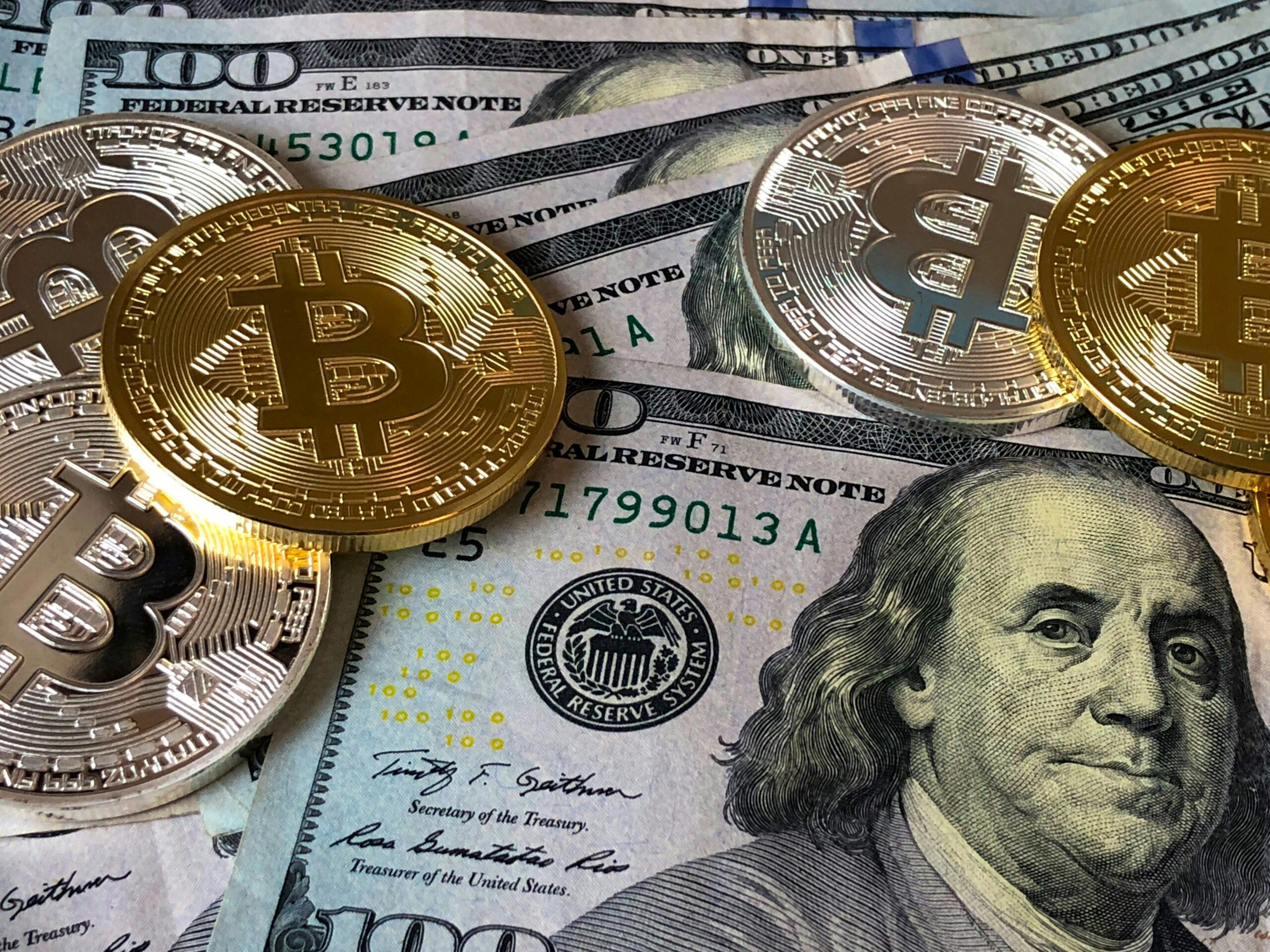By Reuben Muisonik, Political Editor, The Dispatch Digital
-
Sale!

CURING HYPERTENSION: Simple Healing Secrets Revealed
Original price was: $20.00.$7.00Current price is: $7.00. Add to basket -
Sale!

Diabetes Reversal: Stop Medication and Live Worry-Free For Life
Original price was: $20.00.$5.00Current price is: $5.00. Add to basket -
Sale!

The Rise of the Silent
Original price was: $7.00.$3.00Current price is: $3.00. Add to basket -
Sale!

Win Back Your Financial Freedom: A Guide to Build Your Wealth
Original price was: $7.00.$3.00Current price is: $3.00. Add to basket
The Kenyan shilling has taken a slight hit, dipping against the mighty greenback for the first time in several weeks as dollar demand heats up in the wake of the recent U.S. presidential election. On Wednesday, November 13, the shilling traded at 129.00/129.30 per dollar, a minor decline from Tuesday’s 128.50/129.50 rate. The shift comes amid heightened interest in the dollar, which has surged in appeal since the election results.
Traders suggest this dollar demand spike could continue. “With the dollar looking attractive, we’re seeing investors start buying dollars and moving them back into the U.S. markets,” one trader revealed to Reuters.
The U.S. currency’s upswing is not just affecting Kenya; currencies worldwide are feeling the impact as investors shift their focus to the dollar, drawn by its renewed allure and promising returns in the American market. This currency shuffle reflects the global financial ripples set off by Donald Trump’s win, as investors hedge their bets on U.S. assets.
Kenya’s Shilling Holds Ground, Supported by Tourism and Remittances
Despite the current fluctuations, the Kenyan shilling has displayed relative resilience in recent months. For much of the year, it held steady around the Ksh128.50/Ksh129.50 mark, with October 19 marking the highest exchange rate in recent memory.
This stability is no accident—Kenya’s shilling strength has been bolstered by strong tourism inflows, solid diaspora remittances, and thriving agricultural exports, especially from its prized tea sector. And with the festive season on the horizon, remittances from Kenyans abroad could keep up this positive trend, giving the shilling a cushion.
A Strong Year for Forex Reserves
Kenya’s foreign exchange reserves also tell a story of resilience, reaching an impressive USD 9.32 billion (approx. Ksh1.2 trillion) as of November 7. This high marks a notable increase from January’s USD 6.82 billion (about Ksh879.7 billion), reflecting careful fiscal manoeuvres by the Central Bank. Analysts credit the government’s successful Eurobond repayment of Ksh310 billion ($2 billion) earlier this year with boosting investor confidence and aiding the currency’s strength in 2024.
However, it hasn’t been all smooth sailing. A blow came when global credit-rating agencies downgraded Kenya’s credit rating from “B3” to “Caa1”. The downgrade, signalling higher perceived risks for Kenya, put the shilling under pressure as investor caution surged.
As markets watch the unfolding U.S. financial landscape, Kenyan traders and policymakers remain vigilant, hoping to keep the shilling afloat amidst the dollar’s resurgent appeal.
-
Sale!

CURING HYPERTENSION: Simple Healing Secrets Revealed
Original price was: $20.00.$7.00Current price is: $7.00. Add to basket -
Sale!

Diabetes Reversal: Stop Medication and Live Worry-Free For Life
Original price was: $20.00.$5.00Current price is: $5.00. Add to basket -
Sale!

The Rise of the Silent
Original price was: $7.00.$3.00Current price is: $3.00. Add to basket -
Sale!

Win Back Your Financial Freedom: A Guide to Build Your Wealth
Original price was: $7.00.$3.00Current price is: $3.00. Add to basket




